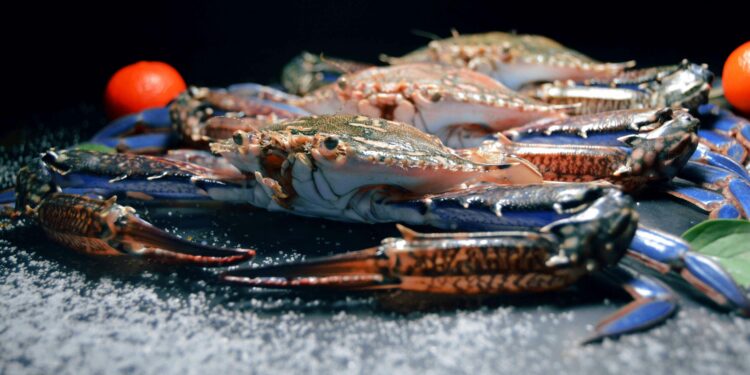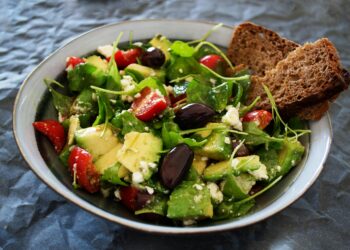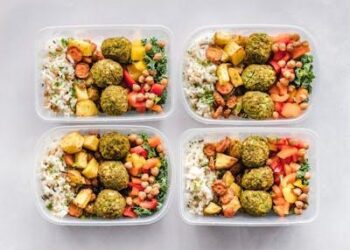Have you ever had a situation where you remembered everything you were supposed to do except for one thing? Not until you get a call from your mom that should be coming home soon that you’ll remember that the chicken or meat is still in the upper cabinets of the refrigerator! Unlike house chores that can get tidied up in a few minutes, frozen chicken or meat as the case maybe, doesn’t defrost that way. In fact, having a frozen food emergency can be really annoying.
Frozen food emergencies can happen in different scenarios and not just the first case scenario. Another case scenario is that you might need to cook something quickly but the chicken or meat is rock solid. What do you do in a situation like this? Defrosting food sounds like an easy process, but in reality, it’s actually tricky. In this article, we’ll look at different safe ways to defrost food.

Defrosting in Cold Water
Although it may sound like a strange idea, this is a quick way to defrost frozen food for cooking. You might be curious about the science involved in using cold water to defrost The idea behind using cold water to defrost food is called heat transfer. Heat usually moves from a hotter to a colder region. The ice inside of frozen food melts when it is submerged in cold water because the heat from the water seeps into the food. Weird right?
But compared to frozen food, cold water has some form of heat in it. Water is also a faster heat-transfer medium than air. This is because the water used in defrosting is warmer than the frozen food, even if the water feels cold to us. So, defrosting in cold water is quicker than just leaving food on the counter.
Precautions
- Before we talk about how to carry out this technique, there are two things you need to consider to successfully defrost your food using this technique.
- Put the frozen food in a bag that is waterproof, that way, you’ll keep the food from getting waterlogged.
- You need to change the water every 30 minutes to keep it cold and stop bacteria from growing
How To
Firstly, put the food in a leak-proof bag and make sure it’s sealed tight. Fill a big bowl or the sink with cold tap water or any cold source of water and put the bag of food in it. Keep the water cold by changing it every 30 minutes. Repeat the water changing process until the food is completely defrost.
Microwave Defrosting
Microwave defrosting is quicker than the cold water method but highly tricky. However the first thing you should know is that there are foods that are suitable to be defrosted in a microwave. Some examples include small cuts of chicken breast or pork chops, ground meat, bread, baked goods, and fish filets etc.
Secondly, this method can create hot spots in the food. This is a case where some parts of the food start cooking while other parts are still cold.
Precautions
- There are some microwaves that have a defrost setting. This setting uses lower power to thaw or defrost food more evenly. So make sure to use this setting while defrosting.
- Stop the microwave and check the food every few minutes to make sure it’s defrosting evenly and not starting to cook.
How To
Some food is in packaging that is not microwave-safe, like styrofoam or plastic wrap. So you need to take the food out of the packaging and place it on a microwave-safe plate. Use the defrost setting on your microwave. If it doesn’t have one, set it to 30% power.
Start by microwaving the food for 2 to 3 minutes. Check it after each interval to see how it’s thawing. Pause the microwave and check the food often. If you can, turn and rotate the food so it thaws evenly.
If you have multiple pieces of food, separate them as they start to defrost to make sure they defrost properly. Remember that the food can start cooking during the defrosting process, so you need to be careful not to let that happen. Once the food is defrosted, cook it immediately to avoid any bacterial growth.
Hot Water Bath Method
Among all the defrosting methods, this is the quickest. This method uses the same concept as the cold water defrosting method, which is through heat transfer.
Precautions
- Don’t use boiling water because it can cook the food instead of just defrosting it.
- Make sure the bag is sealed well to keep the water from entering the food.
- The water should be warm but not too hot to avoid cooking the food.
How To
Put the frozen food in a leak-proof plastic bag so the water doesn’t get in and mess up the food. Fill a large bowl or sink with warm water, not boiling. Aim for water that’s around 40°C to 60°C (104°F to 140°F). Remember that boiling water can start cooking the food.
Following that, put the sealed bag of food into the warm water; make sure it’s completely covered. If the water cools down, replace it with more warm water to keep thawing the food effectively. Make sure the food defrosts properly and doesn’t start to cook at any point. Once your sure that the food has defrosted very well, cook it right away to keep it safe to eat.
Conclusion
Whether you forgot to bring out your frozen chicken or need to get dinner ready fast, knowing how to defrost food the right way, will save you a lot of stress.
The quickest ways are using a microwave or a hot water bath, but you have to watch them carefully to avoid uneven thawing or even cooking the food. The cold water method is a safer option and still pretty fast if you keep changing the water.

















